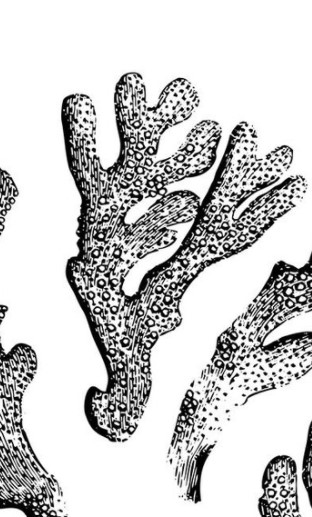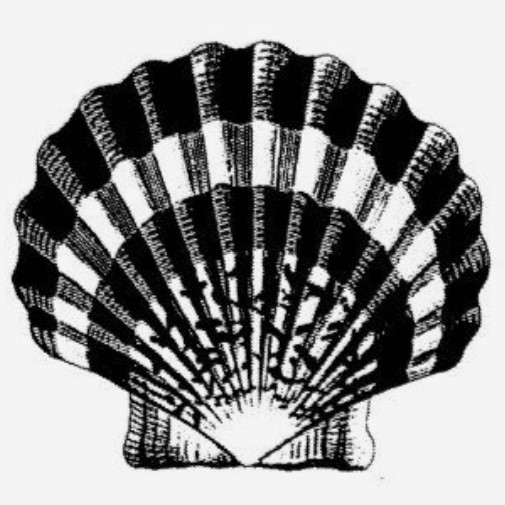local ecologies
Focusing on the coastal areas of Maine and warming water conditions, the thesis proposes the integration of biophilic design to engage with and help facilitate a microclimate while serving the aquatic flora and fauna of the area. The structure will function as a bridge between natural elements with the integration of bio and local materials. To integrate into the water and provide refuge for animal and aquatic wildlife, the structural foundation of the building will be built upon a biophilic, almost camouflage, base. The non-destructive base will allow humans to interact with this ecosystem in a way that holds nature and the natural systems of place as the most prominent species. The aim is to serve both land and aquatic life to the highest degree while providing humans a glimpse into this natural world in a way that allows true coexistence.
The premise of biophilic architecture is to allow humans to feel as though they are more integrated into a natural area. The structure itself is mirroring the natural landscape and can therefore begin to take some of the natural functions of its surroundings. This thesis will also take on the challenge of building for nature. Biophilic architecture is usually built for the human, but what if it prioritized nature first, with human second? Through the use of biomaterials and local resources, this premise will allow both the aquatic and land flora and fauna to thrive. The construct of biophilic design also allows the building to flow more seamlessly into the surrounding environment and therefore can begin to take on the systems of cultivating a new microclimate in the area.
Due to the extreme warming of the gulf of Maine, marine life and its supporting ecosystems are at an increased risk of depopulation and even extinction. It is now essential to intervene and find advanced, natural, and sustainable methods for cooling and supporting deteriorating coastal areas. With the introduction of a biophilic structure the goal of this thesis exploration is to cultivate a microclimate that could begin to cool the surrounding areas and create refuge for underwater flora and fauna as well as mollusks and the local marine life. While the structural form and position will be integral to creating a microclimate that can sustain this type of intervention, integration into the water will also be vital for creating a functioning habitat and refuge to support marine life. Seamlessly connecting land and water, the structure itself will intervene in the most delicate and non-destructive way possible to assist and prevent the migration of species and ecosystems from the area. With the structure existing partially in the water, it is also essential for when and if the building deteriorates to continue to serve as a lasting habitat and refuge for underwater sea life.
THE Architecture

“What is needed are designed landscapes that provoke those who experience them to
become more aware of how their actions affect the
environment, and to care enough to make changes.
This requires considering the role of aesthetic environmental experiences, such as beauty, in re-centering
human consciousness from an egocentric to a more
bio-centric perspective.”
Sustaining Beauty.
The Performance of Appearance, Elizabeth Meyer
check this out...︎︎︎




